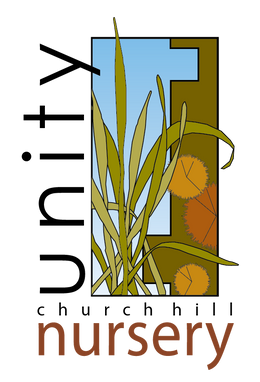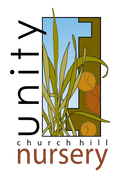Cornus stolonifera 'Arctic Fire® Yellow' (Yellow twig Dogwood) Unity Grown
- Low stock - 3 items left
- Inventory on the way
Cornus sericea (previously known as Cornus stolonifera) Arctic Fire® Yellow dogwood is a showy, compact cultivar of yellowtwig dogwood, noted for its bright sunny yellow bark in place of the more common dark red colors. Most striking in the winter landscape, Arctic Fire® Yellow puts on an especially excellent show in the winter sun. This dwarf variety reaches just 4-5' tall and 5-6' wide rather than the 8-10' size of conventional red- and yellowtwig dogwoods, making it an attractive choice for smaller garden spaces and medium height hedges.
Cornus sericea Arctic Fire® Yellow tolerates a wide range of soil and light conditions, though it performs best and produces the brightest colors in full sun and with regular pruning of old branches. Resistant to heavy clay soils, wet areas, and erosion, Arctic Fire® Yellow dogwood makes for a great choice for wetland restoration projects or naturalized plantings where a larger yellowtwig plantings just won't work. As a bonus, long-lasting, bright yellow bark means that these dogwood branches make a great addition to winter arrangements, and colorful bronzey-red fall foliage is nothing to sneeze at either.





